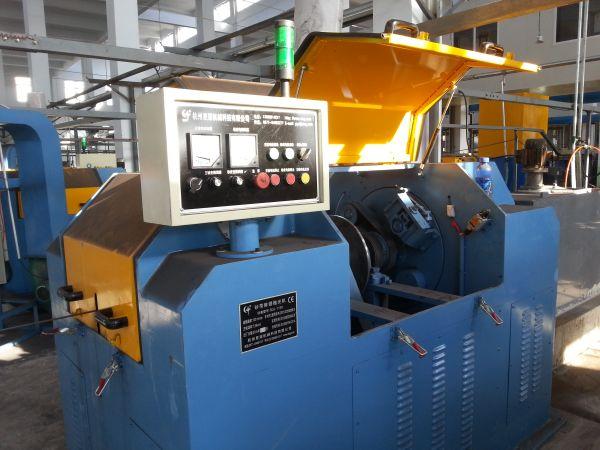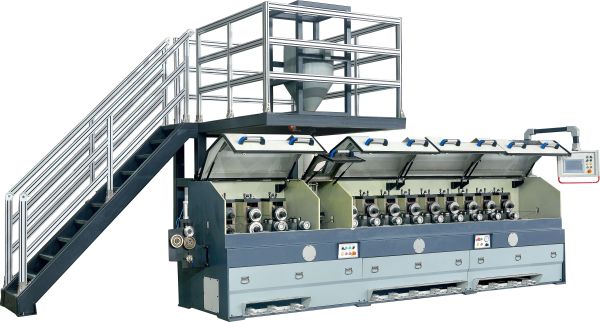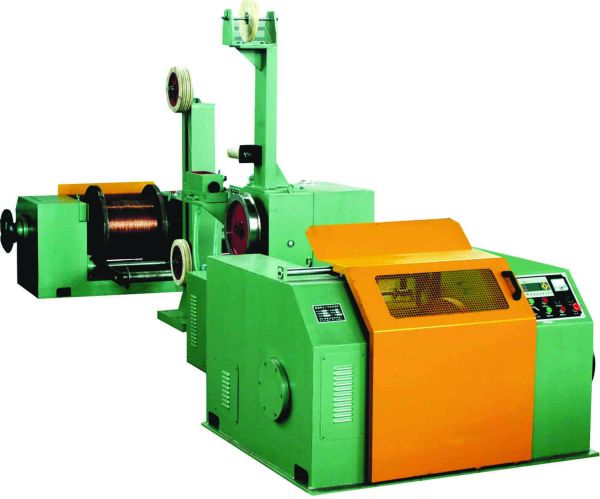Sanding Belt and Grinding Wheel
How to Choose the Right Sanding Belt and Grinding Wheel for Your Project
When it comes to woodworking and metalworking projects, having the right tools is essential for achieving the desired results. Sanding Belts and Grinding wheels are two common tools used in these industries to smooth, shape, and polish materials. Choosing the right sanding belt and grinding wheel for your project can make a significant difference in the quality of your work. In this article, we will discuss the factors to consider when selecting these tools to ensure that you achieve the best results.
One of the first things to consider when choosing a sanding belt or grinding wheel is the material you will be working with. Different materials require different abrasives to achieve the desired finish. For example, if you are working with wood, you will need a sanding belt with a grit that is suitable for wood. On the other hand, if you are working with metal, you will need a grinding wheel that is designed for metal. It is essential to match the abrasive material to the material you are working with to achieve the best results.
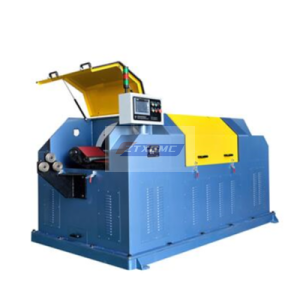
Another factor to consider when choosing a sanding belt or grinding wheel is the grit size. Grit size refers to the coarseness or fineness of the abrasive material on the belt or wheel. The higher the grit number, the finer the abrasive material, and the smoother the finish. For rough shaping and material removal, a lower grit size is recommended. For finishing and polishing, a higher grit size is preferred. It is essential to choose the right grit size for your project to achieve the desired finish.
In addition to material and grit size, it is also important to consider the size and shape of the sanding belt or grinding wheel. The size and shape of the tool will depend on the size and shape of the material you are working with. For larger surfaces, a wider sanding belt or grinding wheel may be more efficient. For smaller, intricate work, a narrower tool may be more suitable. It is essential to choose a tool that is the right size and shape for your project to ensure that you can work efficiently and effectively.
Furthermore, it is crucial to consider the speed and power of the tool when choosing a sanding belt or grinding wheel. Different tools operate at different speeds and require different amounts of power to achieve the desired results. It is essential to choose a tool that is compatible with the speed and power of your equipment to ensure that you can work safely and effectively. Using a tool that is too fast or too powerful can result in damage to the material or injury to the user.
In conclusion, choosing the right sanding belt and grinding wheel for your project is essential for achieving the best results. Consider factors such as material, grit size, size and shape, speed, and power when selecting these tools to ensure that you can work efficiently and effectively. By choosing the right tools for your project, you can achieve a smooth, polished finish that meets your expectations.
Tips for Proper Maintenance and Care of Sanding Belts and Grinding Wheels
Sanding belts and grinding wheels are essential tools in various industries, including woodworking, metalworking, and automotive. They are used to smooth, shape, and polish surfaces, making them crucial for achieving high-quality finishes. However, like any other tool, sanding belts and grinding wheels require proper maintenance and care to ensure their longevity and effectiveness.
One of the most important aspects of maintaining sanding belts and grinding wheels is keeping them clean. Over time, dust, debris, and metal particles can accumulate on the surface of the belt or wheel, reducing its effectiveness and causing premature wear. To prevent this buildup, it is essential to regularly clean the sanding belts and grinding wheels after each use. This can be done by using a cleaning stick or a wire brush to remove any debris that has accumulated on the surface.
In addition to keeping them clean, it is also crucial to store sanding belts and grinding wheels properly. Storing them in a dry and cool environment will help prevent them from becoming warped or damaged. It is also important to store them away from direct sunlight and moisture, as these can cause the belts and wheels to deteriorate over time. Additionally, storing them in a protective case or container will help prevent them from getting damaged or scratched.
Another important aspect of maintaining sanding belts and grinding wheels is ensuring that they are properly tensioned. A loose belt or wheel can cause vibrations and reduce the quality of the finish. To check the tension of a sanding belt, simply press down on the belt with your finger. If it feels loose or sags, it may need to be tightened. Similarly, for grinding wheels, make sure that they are securely mounted on the machine and that there is no wobbling or movement when in use.
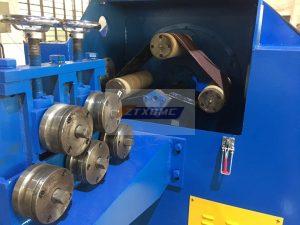
Regularly inspecting sanding belts and grinding wheels for signs of wear and tear is also crucial for their maintenance. Look for any cracks, tears, or fraying on the belts, as these can affect their performance and safety. For grinding wheels, check for any chips or cracks on the surface, as these can cause the wheel to break during use. If any damage is found, it is important to replace the belt or wheel immediately to prevent any accidents or injuries.
Lastly, it is essential to use the correct grit size and type of sanding belt or grinding wheel for the job at hand. Using the wrong grit size can result in uneven finishes or excessive material removal, while using the wrong type of belt or wheel can cause damage to the surface being worked on. Always refer to the manufacturer’s recommendations for the appropriate grit size and type of abrasive for the material being worked on.
In conclusion, proper maintenance and care of sanding belts and grinding wheels are essential for ensuring their longevity and effectiveness. By keeping them clean, storing them properly, checking their tension, inspecting them for wear and tear, and using the correct grit size and type, you can maximize the performance of these essential tools. Remember to always prioritize safety when using sanding belts and grinding wheels, and replace any damaged or worn-out belts or wheels promptly. With proper maintenance, your sanding belts and grinding wheels will continue to deliver high-quality finishes for years to come.



